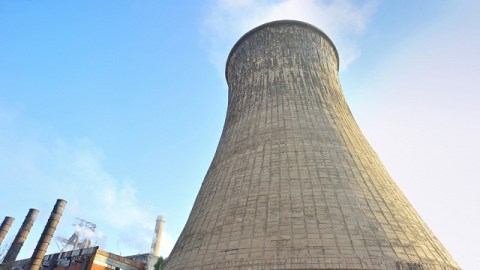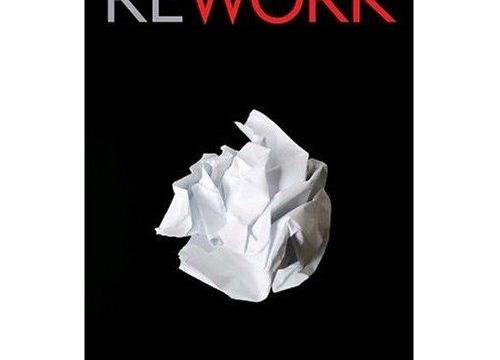Graphene Oxide Remarkably Good At Removing Radioactive Waste

What’s the Latest Development?
A new paper published in Physical Chemistry Chemical Physics describes research done with microscopic flakes of graphene oxide and simulated nuclear wastes containing uranium and other radioactive materials. Compared to other, conventional substances used in nuclear cleanup procedures, the flakes were able to adhere to the radioactive matter at a very quick rate, creating solids that, while still radioactive, were easier to handle and dispose of. The research was a collaborative effort between scientists at Rice University and Lomonosov Moscow State University.
What’s the Big Idea?
When it comes to cleaning up nuclear waste, fast is good. Chemist Stepan Kalmykov says, “[T]he high retention properties [of graphene oxide] are not surprising to us. What is astonishing is the very fast kinetics of sorption.” In addition to its potential benefits for cleaning up sites like Japan’s damaged Fukushima nuclear plants, graphene oxide could be used to filter out naturally radioactive contaminants found in groundwater produced during hydraulic fracturing (“fracking”). It could also help revive the currently-stagnant American rare earth metal mining industry, says chemist James Tour. “China owns the market because they’re not subject to the same environmental standards.”
Photo Credit: Shutterstock.com





